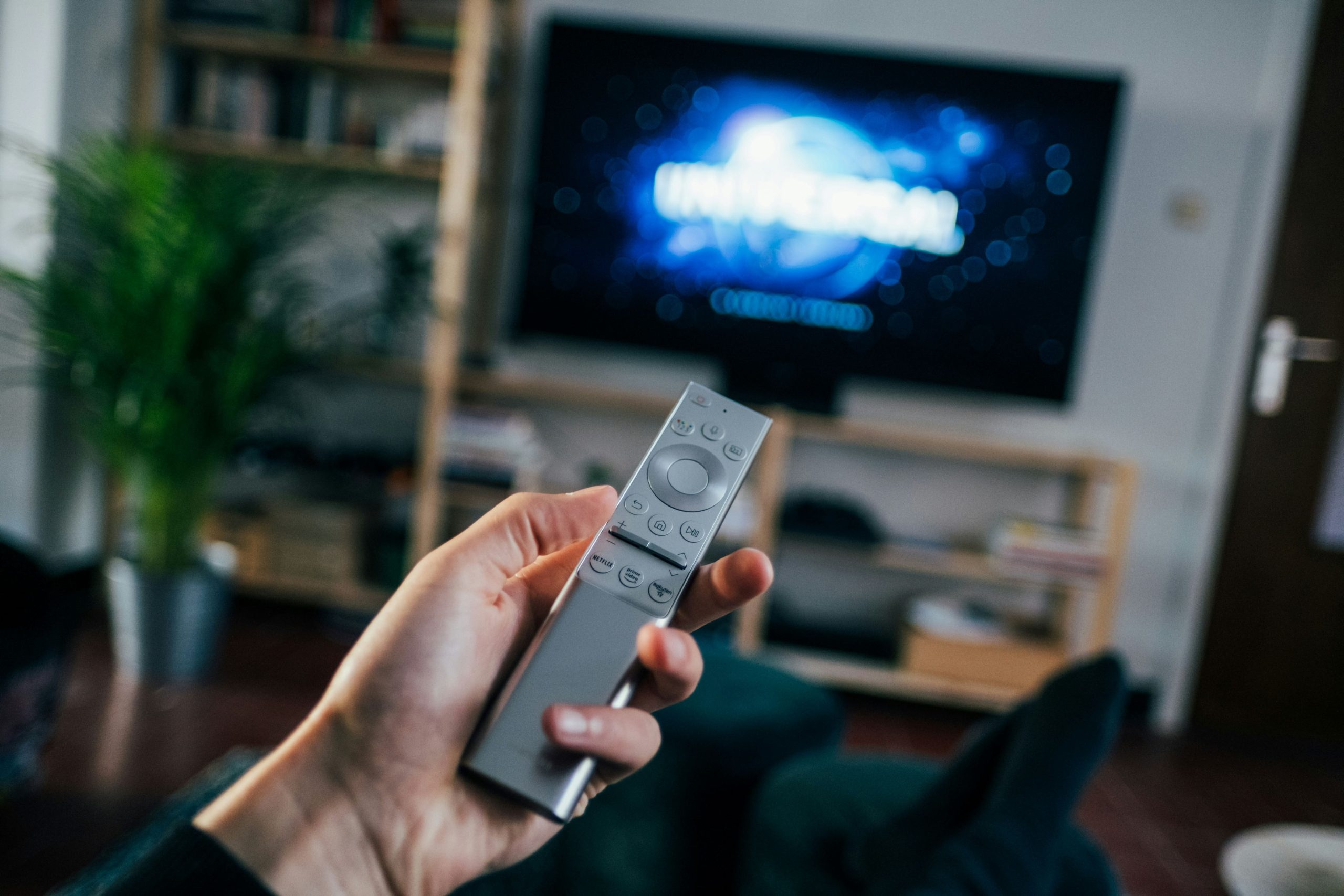In the age of streaming and on-demand entertainment, a malfunctioning remote can feel like a modern-day tragedy. Imagine settling in for your favorite show or the latest blockbuster, only to find that your Jio Set-top Box remote has decided to take an unexpected vacation. Frustration mounts as you frantically press buttons, but the screen remains stubbornly unresponsive—what once was your gateway to hours of entertainment now feels like an insurmountable obstacle.
But fear not! Before you toss that remote into the abyss or contemplate a tech exorcism, there are practical steps you can take to restore functionality and reclaim your viewing experience. This article will guide you through troubleshooting tips and solutions that could breathe new life into your Jio Set-top Box remote. Whether it’s a simple battery change or deeper technical issues at play, we’ve got you covered so you can return to binge-watching without further interruptions.
Common Remote Problems Explained
One common issue with the Jio Set-top Box remote is the unresponsiveness that can stem from simple battery problems. While it may seem trivial, a weak or dead battery can lead to frustrating delays in channel changes or menu navigation. Always start by checking and replacing the batteries—sometimes we underestimate how crucial this simple task is in ensuring smooth functionality.
Another frequent challenge arises from connectivity glitches between the remote and the set-top box. Often, obstruction of signals can cause intermittent performance issues; even slight barriers like furniture or other electronic devices could be to blame. To troubleshoot, try positioning yourself closer to the set-top box and removing any potential obstacles within sightlines. This not only improves signal reception but also allows you to reset your connection more easily, revamping your viewing experience instantly.
Lastly, don’t overlook software glitches that can occasionally affect remote operation. Just as smartphones require updates for optimal performance, your Jio Set-top Box might need periodic software resets to function correctly. Conducting a simple reboot—from unplugging the device for a moment before plugging it back in—can refresh its system and resolve many niggling problems without much hassle. Embrace these solutions as part of regular maintenance for an uninterrupted entertainment journey!

Check Battery and Connections First
Before diving into more complex troubleshooting steps, it’s essential to check the basics: the battery and connections. Often, the simplest solution is overlooked. Start by ensuring your remote control has fresh batteries properly installed—take a moment to observe if they’re placed in the correct orientation. Even new batteries can sometimes be faulty, so if you have a spare set, try swapping them out for good measure.
Next, inspect the remote’s connections with your Jio Set-top Box. If you’re using any type of external connections or adapters, ensure they are secure and functioning as intended; loose cables can lead to intermittent connectivity issues that mimic dead remotes. Additionally, consider giving both your remote and set-top box a thorough cleaning; dust accumulation can interfere with sensor functions and wireless communication. These initial checks not only save time but also give you peace of mind before moving on to more time-consuming fixes.
Reset the Remote Control
Sometimes, the simplest solution to a non-responsive Jio Set-top Box remote is just a reset. Many users overlook this quick fix, believing that the issue lies within the device itself or its connections. However, remotes often require resetting to reestablish their communication with the set-top box. Start by removing the batteries from your remote control and pressing every button for about 10 seconds; this discharge ensures that any lingering energy is dissipated. After reinserting fresh batteries, try pairing it again with your Jio Set-top Box.
Consider checking other devices in your home as well; interference could be causing problems. If you have multiple remotes or wireless devices nearby, they might compete for signal space. Additionally, if your remote has become sluggish over time or shows signs of wear and tear, it may be worth considering an upgrade rather than merely troubleshooting existing issues. Sometimes embracing change can lead to smoother viewing experiences and more advanced features that enhance how you connect with content in today’s fast-paced digital world.

Troubleshoot the Set-top Box Settings
If you’ve tried the basic fixes and your Jio set-top box remote is still unresponsive, diving into the settings can uncover hidden issues that may be affecting performance. Start by checking if the remote is paired correctly with the set-top box. Navigate to the device’s settings menu using the control buttons on the box itself—often found under “Remote & Accessories.” Here, you can review pairing options to ensure a strong connection; sometimes, simply re-pairing can resolve stubborn connectivity glitches.
Another often-overlooked area is individual setting adjustments within application interfaces. Some users may inadvertently disable key functions tied to their viewing experience through misconfigured app-related settings. It’s worth exploring playback options, parental controls, or even audio-video synchronization settings. Resetting these options back to default might restore functionality and enhance overall user experience.
Lastly, don’t underestimate software updates as potential game-changers in troubleshooting your remote woes. Ensuring your set-top box is on the latest firmware can eliminate bugs that disrupt communication between devices. Regularly checking for updates not only provides new features but also fortifies security measures that could improve system performance significantly—making it a crucial step in your troubleshooting arsenal.
Update Jio Software if Necessary
One key aspect to consider when troubleshooting your Jio Set-top Box remote is ensuring that the software is up to date. Outdated software can lead to various glitches, including unresponsiveness of the remote. To check for updates, navigate through your Jio TV interface and look for system settings—this will typically guide you toward the ‘Software Update’ section. It’s a simple process; just follow the prompts to install any available updates.
Updating your Jio software not only addresses potential malfunctions but also enhances overall performance and introduces new features that could improve your viewing experience. With technology evolving rapidly, having the latest version ensures compatibility with apps and streaming services, ultimately enriching how you watch your favorite shows. Remember, a quick update could save you from unnecessary frustration—your remote’s functionality might just be a few clicks away!

Conclusion: Resolving Jio Remote Challenges
In conclusion, resolving the Jio remote challenges often requires a blend of troubleshooting techniques and a touch of patience. By understanding potential issues, such as battery failure or interference from other devices, you empower yourself to swiftly restore functionality. Additionally, exploring alternative control options like the Jio app can provide immediate relief while also enhancing your viewing experience with modern convenience.
It’s also worth considering that technology is ever-evolving; thus staying updated on software upgrades for both your set-top box and remote can preemptively avoid future malfunctions. As you navigate these hurdles, remember that engaging with customer support or online forums may yield unique solutions shared by fellow users who faced similar predicaments. Ultimately, troubleshooting these challenges not only enhances your entertainment experience but also deepens your familiarity with the evolving features of Jio’s ecosystem. Embrace each challenge as an opportunity to innovate your approach to home entertainment!



